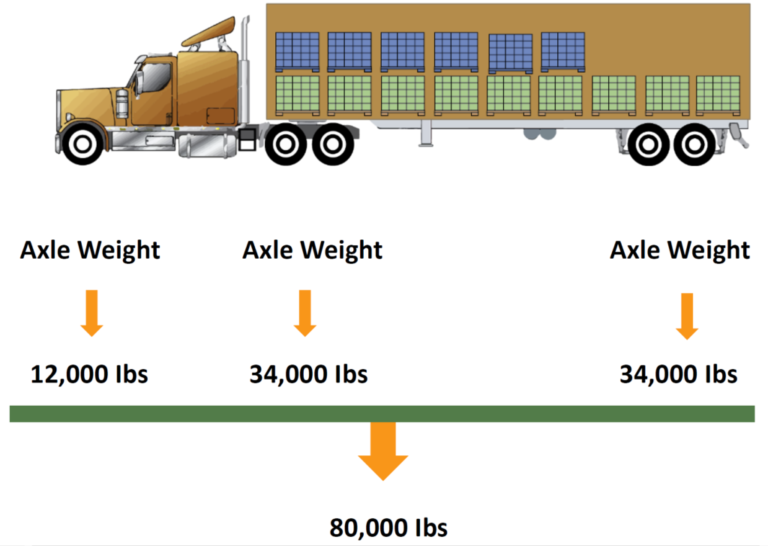This kind of items cannot be transported by air
Air transportation, as an important mode of international transport, has rules and restrictions that are often more complex and stringent than those of traditional transport methods. Air transport restrictions cover a wide range of items, from flammable and explosive hazardous materials to contraband, and include sensitive goods and specific restricted items under certain conditions. Each restriction has a scientifically reasonable basis, aimed at ensuring aviation safety, public safety, personnel health, and environmental safety.
Therefore, shippers and consignees must thoroughly understand and strictly adhere to these restrictions when planning transportation schemes to avoid cargo delays, losses, fines, or even legal disputes resulting from non-compliant transportation.

⭐Hazardous Material Category⭐
1. Flammable and Explosive Materials
Flammable and explosive materials, during transportation, can self-ignite, leak, or explode due to changes in external conditions such as temperature, pressure, and vibrations. This not only can damage the cargo itself but also pose a serious threat to the aircraft structure, the safety of the crew, and the lives of passengers. Therefore, such items are strictly prohibited or restricted from being transported by air.
2. Toxic Substances
During transportation, if toxic substances leak or break, their toxic components can enter the human body or the environment through air, water, or the food chain, leading to poisoning, diseases, or even death. Additionally, long-term exposure to toxic substances can cause chronic health issues, such as liver and kidney damage, and nervous system diseases.
3. Corrosive and Radioactive Substances
3a. Corrosive Substances
During transportation, if corrosive substances are improperly packaged or leak, they can quickly corrode packaging materials, aircraft structures, and even the cargo itself. This can lead to economic loss and pose a threat to the safety of the crew and passengers. Additionally, corrosive substances can cause long-term environmental pollution.
3b. Radioactive Substances
If protective measures are inadequate or if leaks occur during air transport, the radiation from these substances can cause widespread and lasting harm to humans and the environment. Moreover, radioactive substances can interfere with the aircraft’s electronic equipment, affecting flight safety.

⭐Prohibited and Sensitive Commodity Categories⭐
1. Prohibited Items
Prohibited items are those explicitly banned by laws and regulations from being transported due to their potential risks to public safety, health, or moral standards. Here are some common examples of prohibited items:
Violating laws and regulations regarding the transportation of prohibited items will result in severe legal consequences, including fines, detention, and even criminal prosecution. Additionally, transporting prohibited items can cause immeasurable damage to public safety, endangering the lives and property of innocent individuals.
2. Sensitive Goods
Sensitive goods are those that require special attention or measures during transportation due to their unique characteristics or the risks posed by external conditions. Here are some examples of sensitive goods:

⭐Specifically Restricted Items⭐
1. Magnetic Items
2. Pharmaceuticals
Pharmaceuticals are strictly regulated during air transport because different countries and regions have various laws and regulations regarding the import and use of medications. Controlled substances such as toxic drugs and psychotropic medications require approval from relevant government authorities and adherence to specific safety regulations for transportation. Even regular medications need the necessary documentation and compliance with the airline’s regulations during air transport.
3. Electronic Products
⭐Other Product Notes⭐
1. Fragile and Valuable Items
2. Food Products
3. Special Packaging and Labeling








